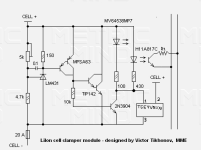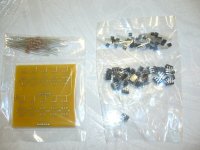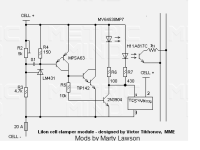From my experience the Dewalt chargers are even worse than that.GGoodrum said:I'm not a big fan of the DeWalt chargers. I have four of them that I used to charge 8 packs. I recently re-did these into two 10s4p packs, as described earlier in this thread. Before I took the 8 packs apart, I put all on on the DeWalt chargers, and left them on for half-an-hour after the 3 lights first came on, just to make sure they were well-balanced. When I got the packs apart, and I was able to check the voltage of each cell, I was quite surprised at how out-of-balance they were. Almost every pack had cells that ranged from about 3.40 to 3.70V. In one pack, one cell was at 3.36V and another at 3.78V. They were so out-of-whack that I thought maybe some of the cells were stressed, and had lost capacity. They weren't, though, as I was able to balance the pack using a TP-210V balancer and then charge these back up using a TP-1010C charger and the cells are all very close now.
Maybe I just have four bad chargers, but I think that's highly unlikely. Anyway, I'm done with the DeWalts.
-- Gary
Charge a pack up then discharge one cell to about 29-volts. Using just the Dewalt charger that pack will never be good for more than a few minutes of use. The charger will never balance it and that cell will trigger the LVC very quickly. (Leave these packs sit on the shelf for a while and this condition seems to happen often.)
Junk.







